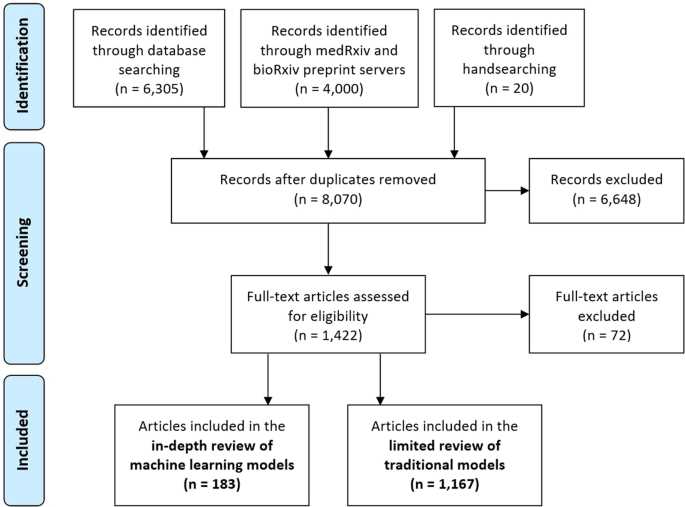
In the heat of a massive covid-19 pandemic, individuals and communities face the discouraging challenge of navigating daily change restrictions and regulations. To facilitate decision-making, an advanced application was generated by the GPT-3 OpenAI model that provides real-time direction and guidance.
This powerful application uses GPT-3’s advanced natural language processing options to provide personalized advice to users based on specific locations, unique events, and the latest government guidelines. By analyzing large amounts of data and synthesizing the right information, this application ensures a revolution in the way people draw conclusions in these challenging times.
The GPT-3 application produced by Covid is supposed to be user-friendly and inexpensive for people of all backgrounds. It allows users to be guided through a series of questions and instructions and relinquish location, age, disease status, and all sorts of other details. The app then uses the power of the GPT-3 to enter into personalized contracts for work requirements, travel restrictions, social distance measurements, and other precautionary measures.
What is GPT-3?
GPT-3 is considered one of the most advanced natural language processing models created by OpenAI, shortly before the “first trained trans 3 generated”. It is equipped with the deepest learning methods and contains over 175 billion features, making it the largest language model.
Because the model learns from a wide range of Internet text data, it can generate human responses and check all kinds of contexts. GPT-3 can perform a wide range of language-related tasks, including natural language understanding, language translation, and content generation.
It works according to the principle of “unsupervised learning. This means that certain tasks do not necessarily require obvious training data. Instead, it learns from a dataset that includes a subset of the online population and picks up patterns and correlations in language use. This ensures consistent and contextually relevant responses to the user’s wishes.
GPT-3 has received much attention and recognition for its ability to generate human speech. This forms a huge inventory for all kinds of applications such as content, language translation, virtual assistants, and even decision-making processes.
We understand GPT-3 and his potential
GPT-3, or Generate First Trained Trans 3, is an advanced language model developed by OpenAI. It is one of the most advanced natural language processing models to date: GPT-3 has been trained on large amounts of data, including books, memos, and websites, so it can actually generate human responses to text input. The model contains 175 billion features, making it one of the largest language models ever created.
One of the most important functions of GPT-3 is its ability to perceive and produce relevant and contextually related words. Capable of answering questions, supplementing sentences, creating outlines, translating language, and generating computer code, GPT-3’s ability to recognize and generate words is based on its awareness of language patterns and its ability to generate answers based on scientific examples.
GPT-3 can generate words in multiple languages and has the impressive ability to simulate the writing styles of different makers and conversations with different characters. GPT-3 can generate creative content such as poems and situations, and can be called “fast engineering” It can literally be tuned to perform specific tasks through a process. For example, GPT-3 can be trained to generate responses in a chat session with a customer or provide written support.
Word Supplementation and Generation
GPT-3 is further skilled in word supplementation, which allows it to quickly generate coherent and contextually appropriate words based on what is given. This excels in all kinds of applications, such as generating electrical messages, writing essays, writing code, etc. The model has the potential to take context and generate words that fit seamlessly into a given instruction.
Answer the question and summarize
GPT-3 can still answer questions and summarize papers. Given a context or document, GPT-3 can generate an appropriate answer to a question or give a short summary of key factors. This capacity has a wide range of applications, from information gathering to content generation.
Language Translation
GPT-3 has the opportunity to move words from one language to another. This ensures communication in a variety of languages, which is excellent for a variety of scenarios, including chat applications, platforms for linguistic research, and content localization.
Limitations and Ethical Considerations

While GPT-3 offers impressive options, it also has some limitations. It can generate incorrect or misleading information and is sensitive to incoming input; responses from GPT-3 are based on models learned from training data that may contain distortions and inaccuracies. Furthermore, GPT-3 lacks the ability to be fully aware of context or to have any real awareness, as it lacks any real skills.
From an ethical standpoint, there are concerns about the potential for abuse of the GPT-3, including the creation of false news and misleading content. There are also privacy concerns, such as the fact that the GPT-3 relies on vast amounts of user-generated data for research. This raises questions about the property and security of the data. These observations underscore the importance of serious and careful application of artificial intelligence models such as GPT-3.
GPT-3 is a powerful language model that can generate coherent and contextually relevant words. It can complement words, answer questions, summarize and translate. In particular, it is noble in principle, beyond its limitations and ethical considerations in applying his own potential.
Leave a Comment